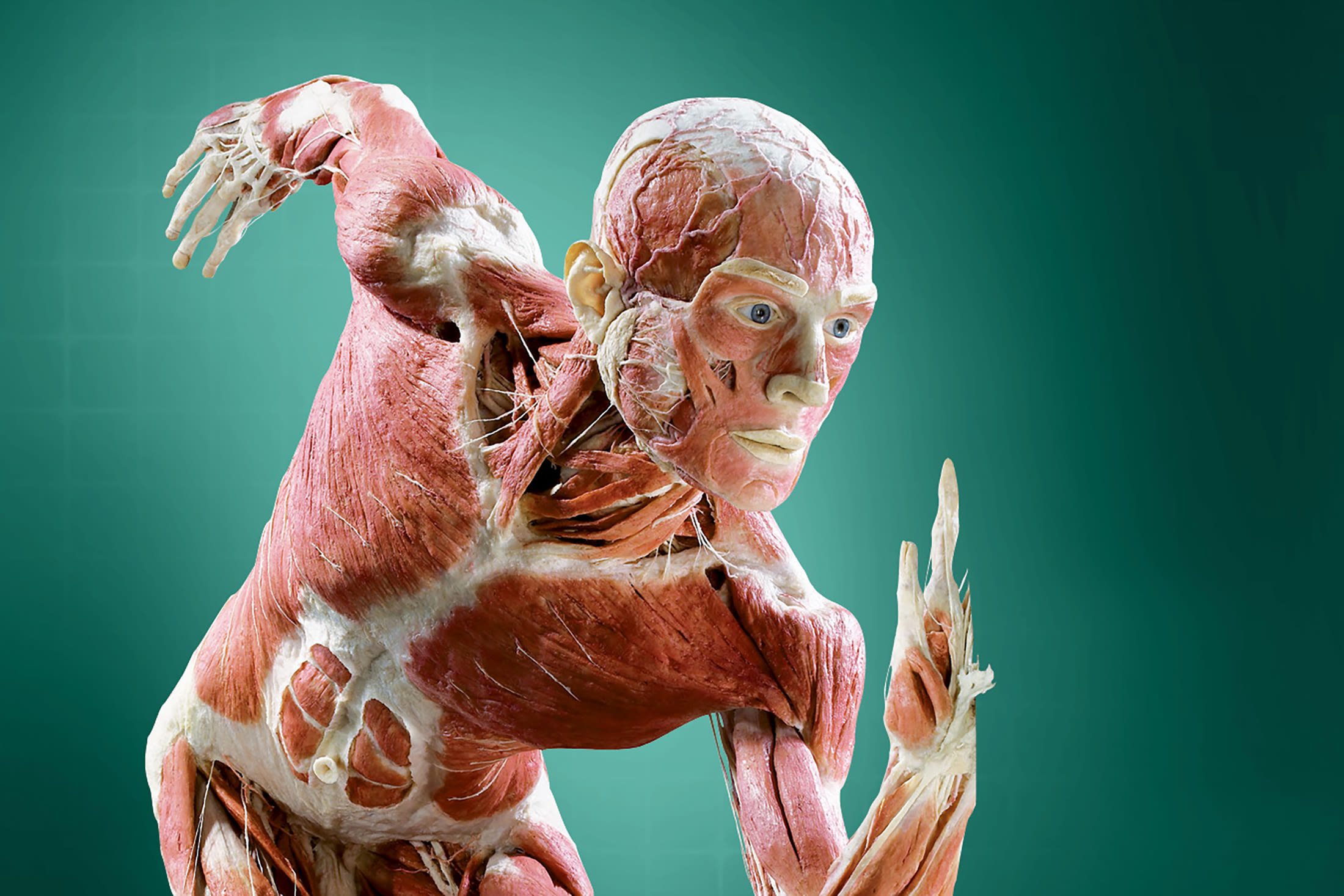Report: Poor Staffing Ratings In Houston Nursing Homes

Trying to find the right nursing home facility for an elderly family member is almost always tricky since it’s difficult to tell just from visiting a place whether you’re making the right choice for your loved one.
However, there is data out there, and Kaiser Health News recently mined that data to evaluate nursing homes across the country, including a selection of those in Houston. Their findings? More than half of nursing home facilities—roughly 60 percent—examined in Houston are understaffed.
Their analysis, issued last month, is based on an examination of the data gathered by Payroll-Based Journal (PBJ) when it conducted a study nursing homes across the country from January to March 2018 in a report for Centers for Medicare and Medicaid.
All nursing homes facilities are required to summit staffing information under the Affordable Care Act. CMS then uses that data to compare staffing levels and come up with an average and then rate the facilities accordingly for Medicare’s Nursing Home Compare website.
Using the PBJ report and Nursing Homes Compare, KHN parsed through data on 14,000 nursing homes across the country and sorted them based on total staffing ratings and registered nurse staffing numbers.
The facilities were rated on a scale ranging from “much below average” through “much above average," which was itself based on the five-star rating scale Nursing Home Compare uses.
In Houston, 63 nursing home facilities were studied. On top of the staffing issue, the study found that 44 percent of the homes examined received a staffing rating of “much below average," or one star on Nursing Home Compare. About 19 percent of the facilities examined were rated as average, and less than 20 percent of facilities in Houston were given ratings of “above average” or higher, (which is from four to five stars on the Nursing Home Compare scale.)
Meanwhile, only about 8 percent of the nursing homes reviewed in Houston got the highest staffing rating.
So why the focus on these staffing numbers? Mainly because the number of people working at a facility can give you some idea of how closely each resident may be watched and cared for at a place. There is considerable evidence of a relationship between nursing home staffing levels and resident outcomes, according to CMS. Lower staffing can lead to more mistakes and poorer quality of life for residents. Accidents, such as missed medications and resident falls, can occur, as well as developed medical problems such as bed sores and preventable hospital visits.
The numbers also show that a general lack of staff may translate to a lack of RN-level nurses on site as well. As part of the evaluations, KHN also rated the nursing home facilities based on registered nurse staffing and best and worst nurse-staffed days, looking at the top 10 percent of days in the three-month period with the most and least staffing.
Of the 28 facilities in Houston with a one-star staffing rating, 17 also had a much below average rating on RN staff, with most of them having one nurse for every 20 residents, even on their best days, and with that ratio soaring on the bad ones. So if it seems like there simply aren’t enough people to handle the residents at a facility, the odds are decent that there might not be as many nurses on site either. (These numbers also play into the other point KHN recently pointed out, that nursing homes have been drastically inflating the number of workers on hand for patients, particularly on weekends, as reported by The New York Times.)
However, having a high or low staffing rating isn’t always indicative of the facility’s overall rating, which looks at staffing, quality measures, and health inspection data.
Some cases are obvious, of course. Highland Park Care Center, in Woodland Heights, holds 64 certified beds, and had a ratio of 16-to-1 residents per nurse on their best-staffed days and 35-to-1 on their worst. Texas Institute for Clinically Complex Care, out past Jersey Village, has 120 certified beds, and had a ratio of 39-to-1 on their best days and 60-to-1 on their worst. And the results in this case, are about what you’d expect. While Highland Park Care Center has an average rating from Nursing Home Compare, the Texas Institute for Clinically Complex Care facility has garnered a one-star overall rating on Nursing Home Compare as well.
On the other hand, St. Joseph Medical Center has a five-star staffing rating, but overall is rated below average due to its poor health inspection and quality measure ratings. And Park Manor of CyFair in Houston, which received one star in staffing levels, has an overall rating of four stars, being much above average in quality measures and above average in health inspections. Similarly, Windsor Houston also has a four-star rating, being much above average in health inspections and average in quality measures. How is this possible?
Well, because staffing isn’t everything. A facility can have a low staffing rating, but still merit a good overall due to how CMS rates nursing homes. When calculating the overall rating, they begin with the health inspection rating. If the staffing rate is higher or is four or five stars, then another star is added to the overall rating. If the staffing rating is only one star, then only one star is subtracted to the overall rating. If the quality measures rating is much above average, then one star is added; if the rating is one star, then a star is taken away from the overall.
Aside from all of that though, it may be comforting to know that while Houston’s staffing levels were troubling, the city was not the worst offender in Texas. In Dallas, 62 percent of nursing home facilities, 18 out of 29 studied, were rated as much below the average. In San Antonio, 33 facilities out of 61 studied were also given a one-star staffing rating. So yeah, we’re not the worst, but just barely. Austin did better than everyone else, including us, with only 36 percent of the 25 facilities examined there garnering a low rating for staffing numbers.




